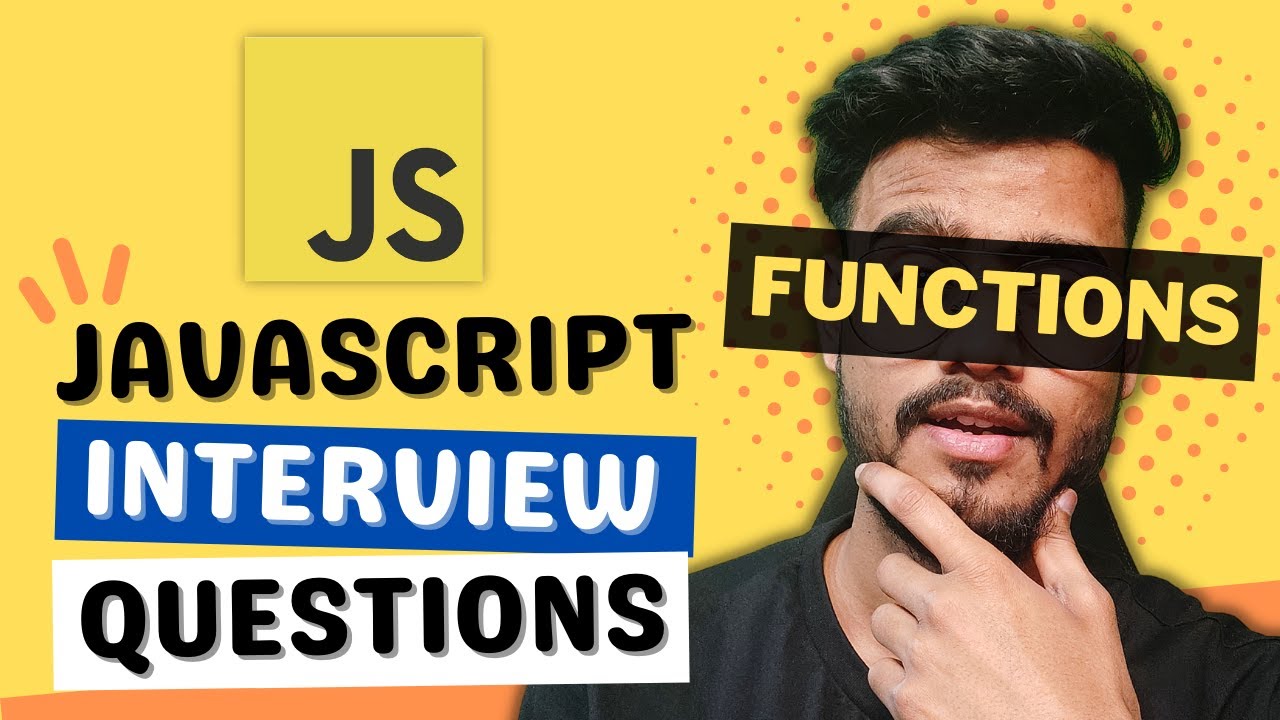Hoisting Variables | Javascript | One Minute Javascript | 1 Min JS | Quick JS
Summary
TLDRIn the 'One Minute Javascript' series, the video explores variable hoisting, a core JavaScript concept. It challenges viewers with a program where an 'if' condition is used to mislead. Despite the condition, variables are hoisted, but only declarations, not values, leading to 'undefined' for uninitialized variables. The video clarifies that 'let' variables can't be accessed before assignment, causing a reference error if attempted. The correct output is option B, which the presenter encourages viewers to confirm by liking the video and commenting their guesses.
Takeaways
- 💻 The video discusses the concept of variable hoisting in JavaScript.
- 🔍 The 'if' condition in the script is a red herring meant to confuse viewers.
- ❌ Despite the 'if' condition being false, variable hoisting still occurs, making option D incorrect.
- 📚 Only variable declarations are hoisted, not their initialization values, which rules out option C.
- 🚫 'let' variables in JavaScript cannot be accessed before they are initialized, leading to a reference error in the script.
- ✅ The correct answer is option B, which aligns with the behavior of variable hoisting and 'let' declaration.
- 👍 The video encourages viewers to like and comment on their guess of the correct option.
- 👋 The host bids farewell, indicating the end of the video and a promise of more content in the future.
- 🎥 The video is part of a series called 'One Minute Javascript', focusing on quick explanations of JavaScript concepts.
Q & A
What is the main concept being discussed in the 'One Minute Javascript' series?
-The main concept being discussed is variable hoisting in JavaScript.
Why does the presenter say that the if condition in the program is meant to confuse?
-The if condition is meant to confuse because it might lead some viewers to believe that since the condition is false, the variable will not be defined, which is not how hoisting works.
What is the misconception about option D that the presenter clarifies?
-The misconception is that the variable will not be hoisted due to the if condition being false. The presenter clarifies that hoisting happens regardless of the condition.
Why is option C considered wrong according to the presenter?
-Option C is wrong because only variable declarations are hoisted, not the values. So, 'a' would be undefined, not hoisted with a value.
What is the significance of the 'let' keyword in the context of the program discussed?
-The 'let' keyword signifies block scope, and it is significant because it prevents the variable 'b' from being accessed before it is initialized, leading to a reference error.
What causes the reference error mentioned in the script?
-The reference error is caused by trying to access the variable 'b' before it has been initialized, which is not allowed with 'let' declarations.
Why is option A considered incorrect by the presenter?
-Option A is incorrect because the program will throw a reference error on line 2 due to trying to access 'b' before it is initialized.
What is the correct option according to the presenter's analysis of the program?
-The correct option is B, as it reflects the understanding that the program will result in a reference error due to accessing 'b' before initialization.
What is the presenter's call to action for viewers at the end of the video?
-The presenter asks viewers to like the video and comment on whether they guessed the right option.
What is the presenter's closing remark indicating about future content?
-The presenter's closing remark 'See you in my next video' indicates that there will be more videos in the 'One Minute Javascript' series.
Outlines

This section is available to paid users only. Please upgrade to access this part.
Upgrade NowMindmap

This section is available to paid users only. Please upgrade to access this part.
Upgrade NowKeywords

This section is available to paid users only. Please upgrade to access this part.
Upgrade NowHighlights

This section is available to paid users only. Please upgrade to access this part.
Upgrade NowTranscripts

This section is available to paid users only. Please upgrade to access this part.
Upgrade NowBrowse More Related Video

JavaScript Visualized - Execution Contexts

Hoisting in JavaScript 🔥(variables & functions) | Namaste JavaScript Ep. 3

Javascript Interview Questions ( Var, Let and Const ) - Hoisting, Scoping, Shadowing and more

Javascript Interview Questions ( Functions ) - Hoisting, Scope, Callback, Arrow Functions etc

How JavaScript Works 🔥& Execution Context | Namaste JavaScript Ep.1

Immediately Invoked Function Expressions (IIFE) | JavaScript 🔥 | Lecture 127
5.0 / 5 (0 votes)